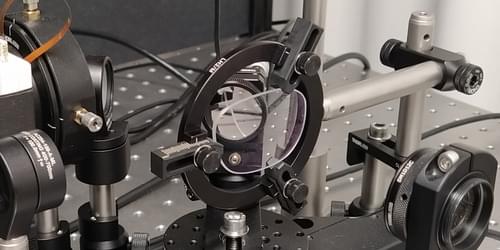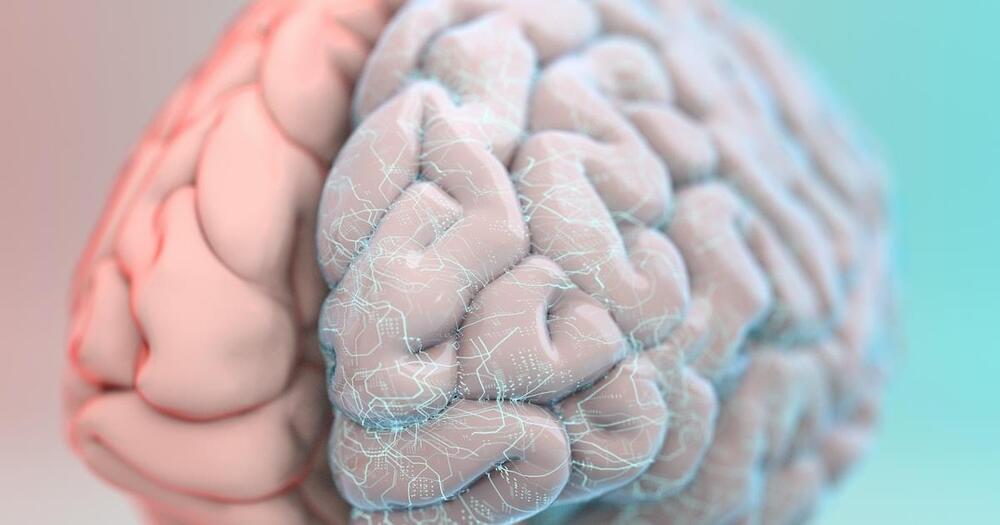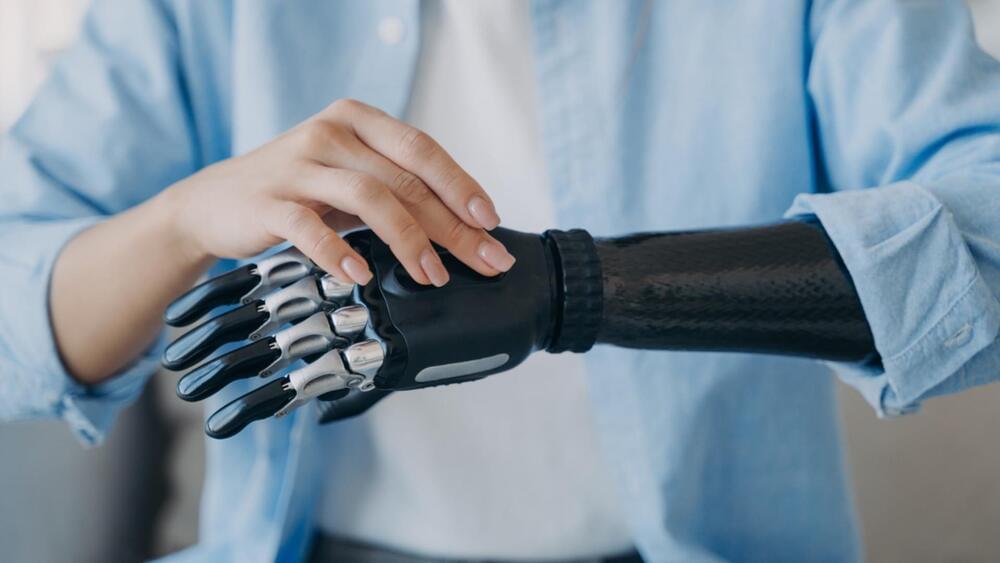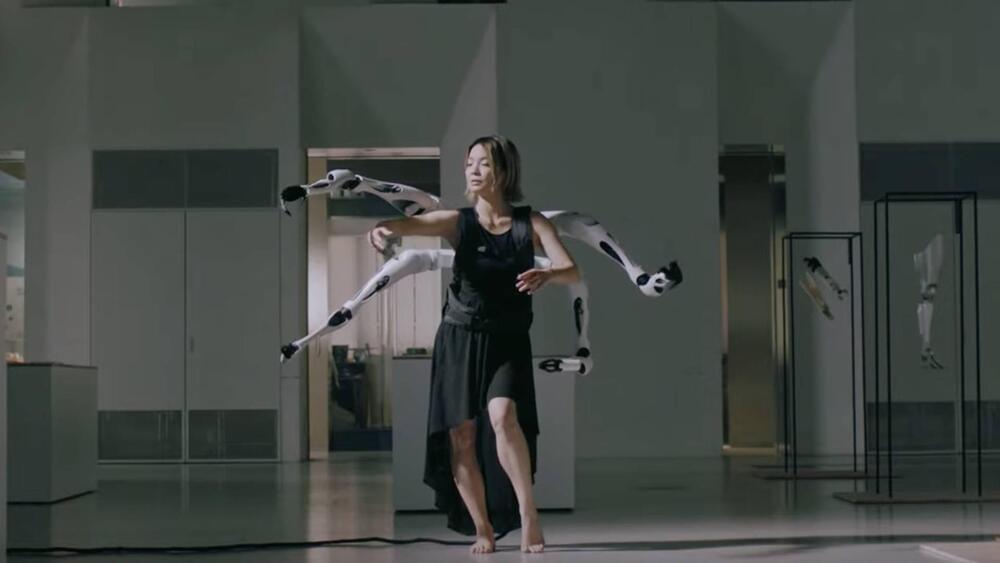Worth a listen to understand the current reality and the future potential:
Go to https://ground.news/sabine to stay fully informed on breaking news, compare coverage and avoid media bias. Subscribe using my link to get 30% off the Vantage plan for unlimited access.
Technological enhancements and implants are becoming more popular amongst a group of transhumanists who call themselves “grinders”. Are we coming closer to an age of cyborgs? Is genetic screening and editing ethical? Has biohacking lost all meaning? What are nootropics? That’s what we’ll talk about today.
💌 Support us on Donatebox ➜ https://donorbox.org/swtg.
👉 Transcript with links to references on Patreon ➜ https://www.patreon.com/Sabine.
📩 Sign up for my weekly science newsletter. It’s free! ➜ https://sabinehossenfelder.com/newsletter/
🔗 Join this channel to get access to perks ➜
https://www.youtube.com/channel/UC1yNl2E66ZzKApQdRuTQ4tw/join.
🖼️ On instagram ➜ https://www.instagram.com/sciencewtg/
The four examples from the introduction are here:





